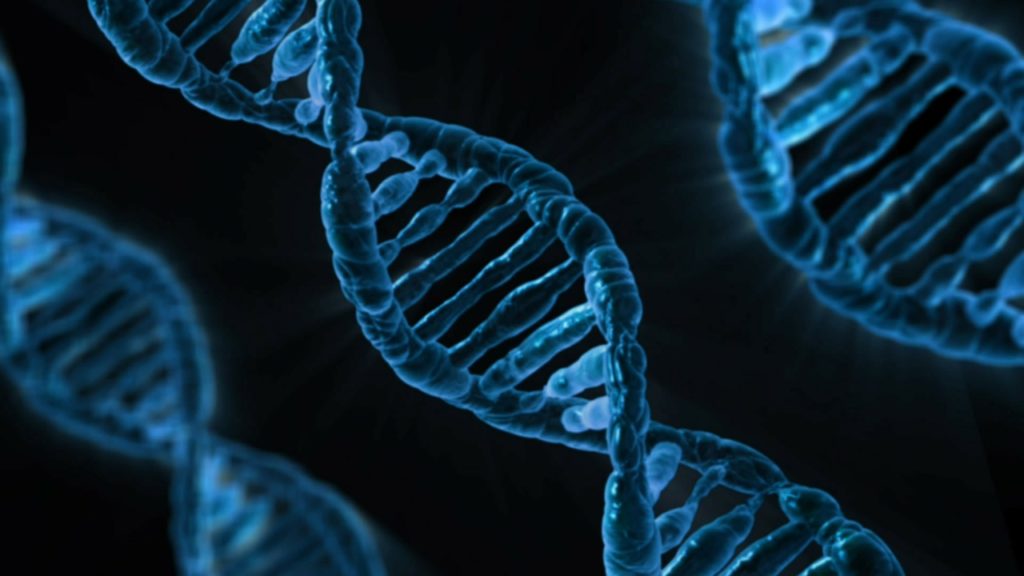Aging is a natural and inevitable biological process – one that happens to all living organisms on our planet. While most scientists would agree that aging is indeed natural, does it really have to be inevitable? After all, even within the animal kingdom, scientists already know of an exception to this rule: Turritopsis dohrnii, a biologically immortal jellyfish that is capable of reverting back to an immature polyp (pictured below) stage when it becomes sick or old. Even among humans, life expectancy has increased dramatically within the last century. While most babies born in 1900 did not live past the age of 50, life expectancy is now decidedly higher – reaching 78.8 years in the United States (Source: Center for Disease Control and Prevention), due to the implementation of scientific discoveries in the realms of education, health, and hygiene. If this trend continues, improvements in science and medicine may further extend the human lifespan.

Turritopsis dohrnii, the immortal jellyfish. Source: Wikimedia Commons
Understanding of the biological mechanisms of aging has progressed markedly in recent years. For example, it is now known that the processing of messenger RNA (mRNA) has been implicated in lifespan. mRNA are the molecules that transfer the “genetic code” from DNA for the creation of proteins. This process of mRNA transferring the genetic code to proteins can be thought of as ordering something from the menu at a restaurant. First the menu (your DNA) must be read, an item (a gene) is chosen for production, and the order (mRNA) is then sent to the kitchen to be made (the protein product). In this procedure, there also exists another step in which mRNA must first be edited through a method known as splicing. These are the “final touches” that are added to an order in a restaurant before it is made. Certain items may be removed — perhaps you asked for no onions on your hamburger. Similarly, segments of the mRNA can be removed before the final protein product is created.
Several lines of evidence support that these “final touches” or editing of mRNA are involved in aging. For example, molecular factors involved in this mRNA editing are found to be altered in the blood of aging humans. Further, in diseases in which age is a significant risk factor (such as Alzheimer’s disease, Parkinson’s disease, and cancer), major changes in this mRNA editing have been observed, indicating that proper mRNA processing is required for health throughout the life cycle. Aged cells, known as senescent cells, often have faulty mRNA editing molecules. Furthermore, senescent cells are often found in greater abundance in people with age related diseases.
Recently, researchers at the University of Exeter and the University of Brighton in the United Kingdom restored the activity of factors involved in mRNA editing, which slowed cellular aging in human cells. They did this through making a group of molecules that had similar structures to resveratrol, which has been previously suggested to alter mRNA processing. Resveratrol is the compound in red wine and chocolate that made the news some years ago for having potential anti-aging and health effects.

Human dermal fibroblasts – one type of cell tested in this study. Source: Science Online.
These resveratrol-related compounds, when added to aged senescent batches of human cells, were found to increase the levels of mRNA editing factors back to levels of younger cells. Consequently, fewer senescent cells were seen. Cells that were treated with these resveratrol-related compounds were also found to have longer telomeres. Telomeres are the caps at the end of DNA strands that protect our DNA, and they shorten with age.
This fascinating evidence suggests that restoring factors that edit mRNA to a more “youthful” pattern of mRNA processing can reduce signs of aging, at least in human cells grown in the lab. The authors of this paper explain that changes to the levels of factors that edit mRNA may be a promising drug target for anti-aging medication. However, it may be a far cry to hope that restoring youthfulness to cells in a dish will one day mean a cure to aging with a simple pill. In the meantime, understanding aging provides us with unique insights into disease and cell biology as we continue to strive toward the very human desire for immortality.


